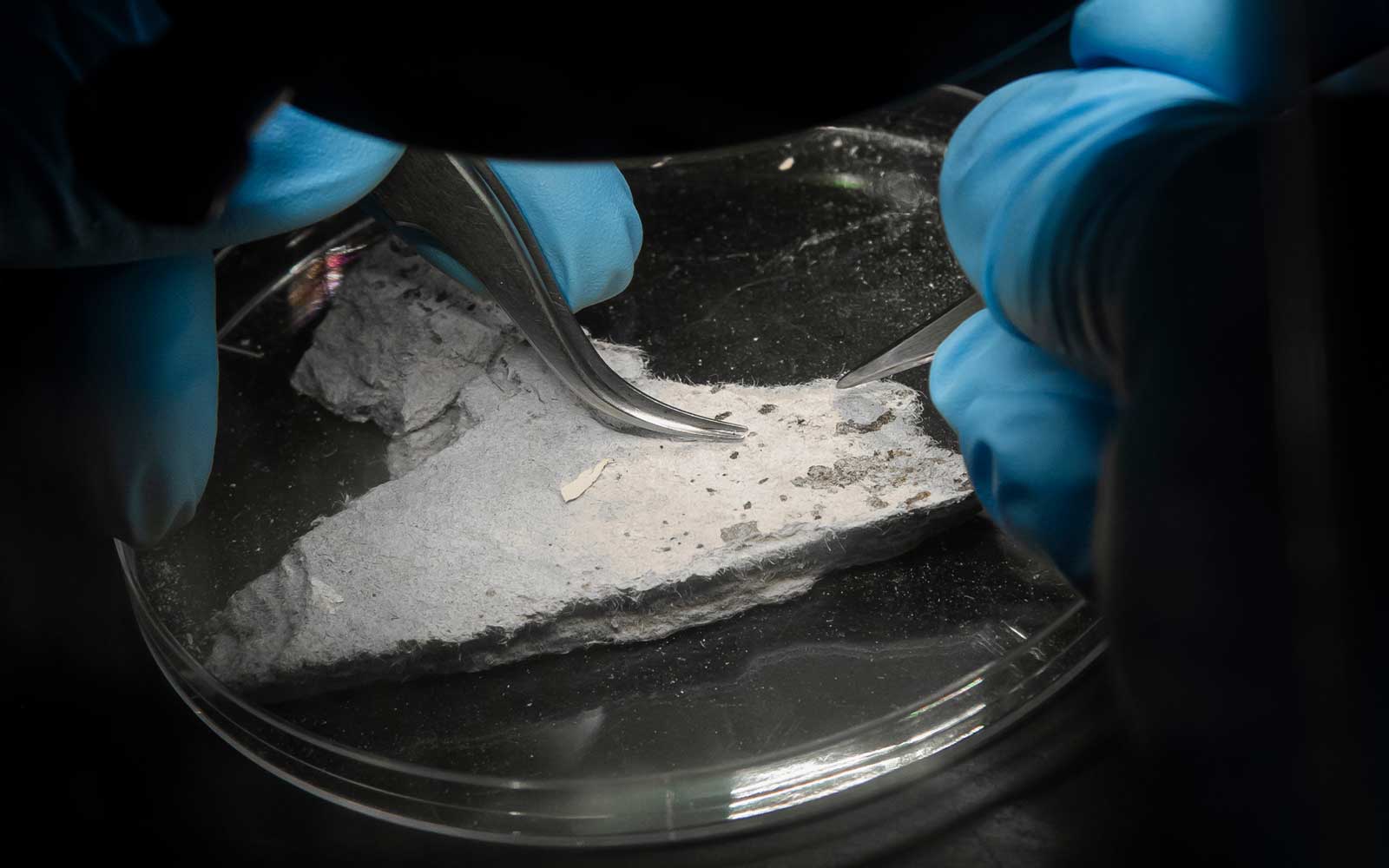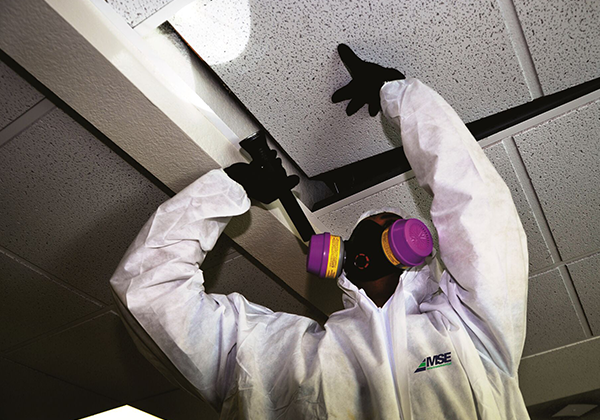The Full Refine of Accredited Asbestos Evaluating to Make Certain Home Compliance
In the world of building monitoring and conformity, the procedure of certified asbestos testing stands as a crucial part to ensure the safety and security and wellness of residents. Comprehending the intricate actions involved in this screening protocol is vital for homeowner and supervisors alike. From the preliminary analysis to the last interpretation of outcomes, each stage plays a vital role in determining the visibility of asbestos within a residential or commercial property. Let's discover how this precise procedure unfolds to assure adherence to strict regulations and protect against potential health and wellness dangers.
Accredited Asbestos Screening: Preliminary Evaluation
In conducting the first analysis for accredited asbestos screening, a thorough assessment of the property's materials is critical to properly identify possible asbestos-containing products. Unique interest is provided to materials that are prone to harm or disturbance, as these scenarios can release dangerous asbestos fibers right into the air.
Certified asbestos assessors comply with rigorous protocols set by governing bodies to make certain the accuracy and integrity of the testing process. By carefully documenting findings and making use of innovative testing methods, assessors can provide residential or commercial property owners with a thorough report outlining the presence of asbestos, if any, and the recommended steps for reduction or elimination. This preliminary evaluation establishes the structure for subsequent actions to resolve asbestos problems and ensure the safety and conformity of the building.
Sample Collection Treatments for Asbestos Evaluating
Reliable example collection procedures are important in ensuring exact asbestos screening results and compliance with regulative standards. When gathering samples for asbestos screening, it is crucial to follow strict procedures to decrease the risk of contamination and guarantee the reliability of the results.
Firstly, it is essential to determine the suspected asbestos-containing materials (ACMs) and focus on sampling locations based on variables such as the material's problem, availability, and possibility for disturbance. Asbestos Testing. Examples need to be collected from various areas within the property to supply a thorough assessment of asbestos presence
During sample collection, licensed experts must wear suitable personal protective equipment (PPE) to protect versus asbestos exposure. They must make use of tidy devices, such as non reusable handwear covers and plastic sheeting, to stop cross-contamination between samples. Samples need to be carefully accumulated using a defined method, such as wet cleaning or coring, and safely secured in impermeable containers to preserve their stability during transport to the lab for analysis.
Research Laboratory Analysis Refine for Asbestos Samples
Upon conclusion of the sample collection process, the asbestos examples are diligently delivered to recognized research laboratories for careful analysis. The very first action in the research laboratory evaluation procedure is example prep work, where the accumulated examples are carefully refined to draw out the asbestos fibers.

When the evaluation is complete, an in-depth report is generated, outlining the findings and validating whether asbestos is present, the type of asbestos fibers recognized, and the focus levels. This information is important for property proprietors to take the needed actions to ensure compliance with asbestos regulations and safeguard the health of residents.

Coverage and Interpretation of Asbestos Test Results
Approved asbestos testing laboratories provide thorough reports that use important insights into the presence, kind, and concentration levels of asbestos fibers found in samples gathered from homes. These records are crucial for home proprietors and managers to understand the risk presented by click to investigate asbestos and make notified choices concerning its administration or elimination. The records usually consist of details on the approaches used for testing, the locations where samples were taken, the sort of asbestos determined (such as chrysotile, amosite, or crocidolite), and the concentration degrees of asbestos fibers discovered.
Translating these outcomes calls for knowledge to analyze the potential health and wellness risks connected with asbestos exposure, establish the proper strategy, and make certain governing conformity (Asbestos Testing). Depending upon the findings, recommendations may range from continued surveillance and maintenance to encapsulation or full asbestos reduction. Residential property owners need to very carefully review these reports and seek advice from with asbestos specialists to establish a detailed prepare for attending to any type of asbestos problems recognized
Guaranteeing Property Compliance With Asbestos Regulations
To keep adherence with asbestos laws, property proprietors have to faithfully apply measures to guarantee conformity browse around here with applicable laws and standards. As soon as asbestos is identified, property proprietors should comply with asbestos monitoring plans that overview appropriate control, removal, or encapsulation procedures to prevent exposure and spread of asbestos fibers.
Homeowner need to give asbestos recognition training to employees and occupants to decrease the threat of asbestos direct exposure and guarantee correct handling of products that might include asbestos. Additionally, it is vital to remain informed about any updates or adjustments in asbestos policies to adjust management practices as necessary. By proactively addressing asbestos conformity needs, homeowner can create a risk-free atmosphere for residents and alleviate possible legal and health risks connected with asbestos exposure.
Conclusion
To conclude, certified asbestos screening is a critical process for ensuring property compliance with policies. The initial assessment, example collection treatments, research laboratory analysis, and interpretation of outcomes are all crucial action in this procedure. By adhering to these procedures, homeowner can determine and attend to any type of asbestos risks existing, securing the health and wellness of occupants and keeping conformity check over here with regulative requirements.